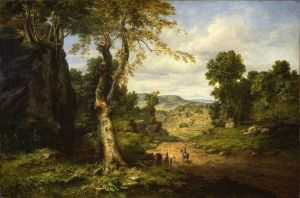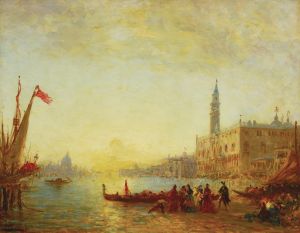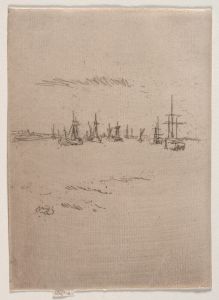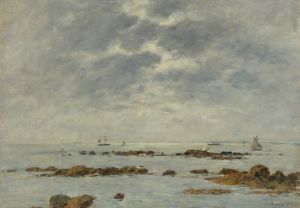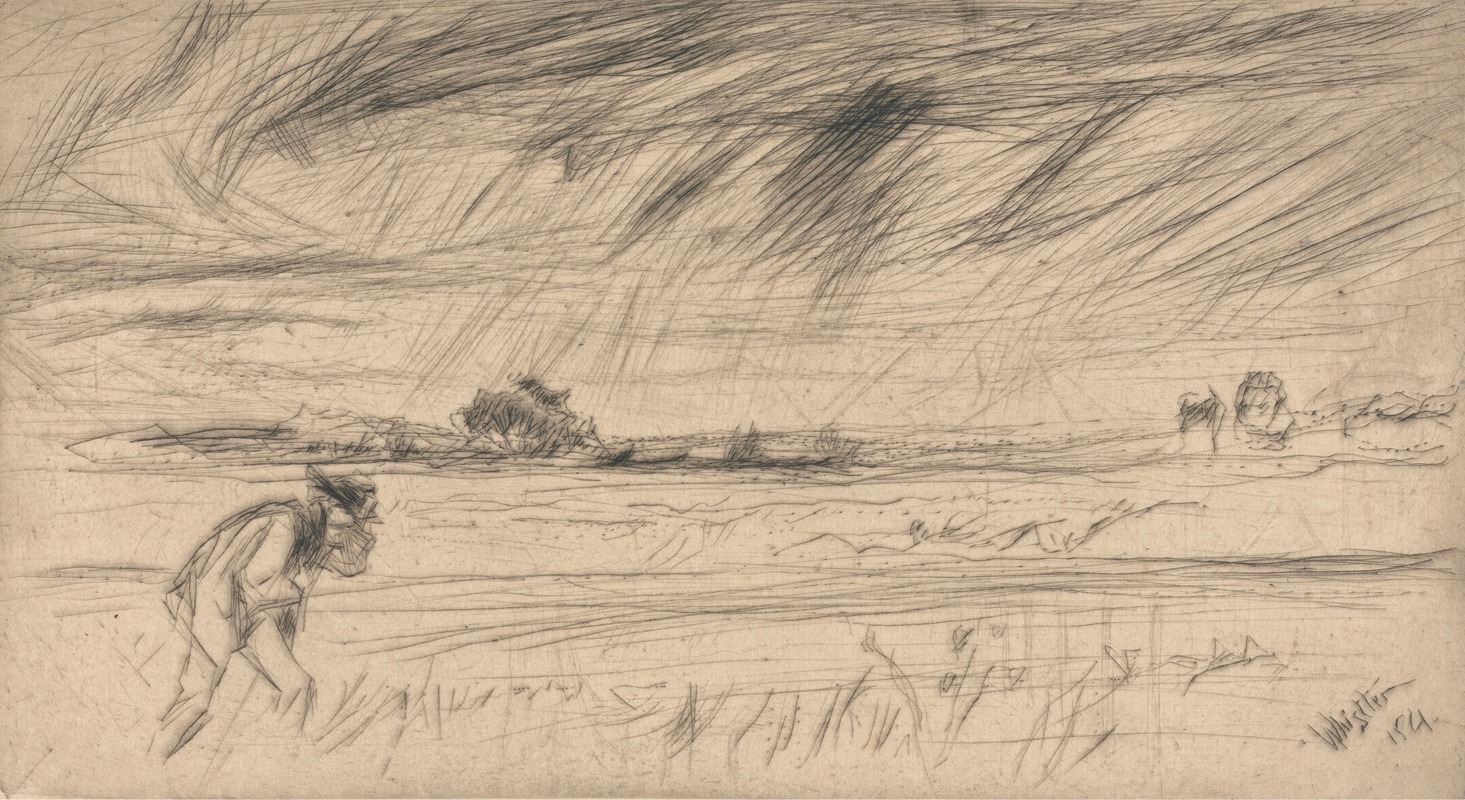
The Storm
A hand-painted replica of James Abbott McNeill Whistler’s masterpiece The Storm, meticulously crafted by professional artists to capture the true essence of the original. Each piece is created with museum-quality canvas and rare mineral pigments, carefully painted by experienced artists with delicate brushstrokes and rich, layered colors to perfectly recreate the texture of the original artwork. Unlike machine-printed reproductions, this hand-painted version brings the painting to life, infused with the artist’s emotions and skill in every stroke. Whether for personal collection or home decoration, it instantly elevates the artistic atmosphere of any space.
James Abbott McNeill Whistler, an influential American artist active during the late 19th century, is renowned for his contributions to the Aesthetic Movement and his innovative approach to art. One of his works, "The Storm," exemplifies his distinctive style and artistic philosophy. Whistler's oeuvre is characterized by a focus on mood and atmosphere, often prioritizing these elements over detailed narrative or representational accuracy.
"The Storm" is a painting that reflects Whistler's fascination with the interplay of light, color, and form. While specific details about the creation and exhibition of "The Storm" are limited, it is consistent with Whistler's broader body of work, which often drew inspiration from nature and the environment. His paintings frequently feature subdued color palettes and a harmonious balance of composition, aiming to evoke an emotional response from the viewer.
Whistler's approach to art was heavily influenced by his belief in "art for art's sake," a principle that suggests art should be appreciated for its beauty and aesthetic qualities rather than its narrative content or moral message. This philosophy is evident in "The Storm," where the emphasis is placed on the atmospheric conditions and the emotional tone conveyed through the painting's composition and color scheme.
Throughout his career, Whistler was known for his innovative techniques and his ability to capture the essence of a scene with minimalistic brushwork. His works often exhibit a sense of immediacy and spontaneity, reflecting his interest in capturing fleeting moments and the transient effects of light and weather. "The Storm" likely embodies these characteristics, showcasing Whistler's skill in rendering the dynamic and often unpredictable nature of a stormy landscape.
Whistler's influence extended beyond his paintings; he was also a prominent figure in the art world, known for his strong opinions and sometimes controversial views on art and aesthetics. His interactions with other artists and critics of his time often sparked debates about the role of art and the responsibilities of the artist. Despite occasional criticism, Whistler's work has been celebrated for its originality and its contribution to the development of modern art.
"The Storm" fits within Whistler's broader artistic legacy, which includes a diverse range of works from portraits to landscapes and cityscapes. His ability to convey mood and atmosphere with subtlety and precision has left a lasting impact on the art world, influencing subsequent generations of artists.
In summary, while specific details about "The Storm" are scarce, the painting is representative of James Abbott McNeill Whistler's artistic style and philosophy. It reflects his commitment to capturing the beauty and emotion of a scene through careful attention to composition, color, and light. Whistler's legacy as a pioneer of the Aesthetic Movement and his contributions to the evolution of modern art continue to be recognized and appreciated today.





